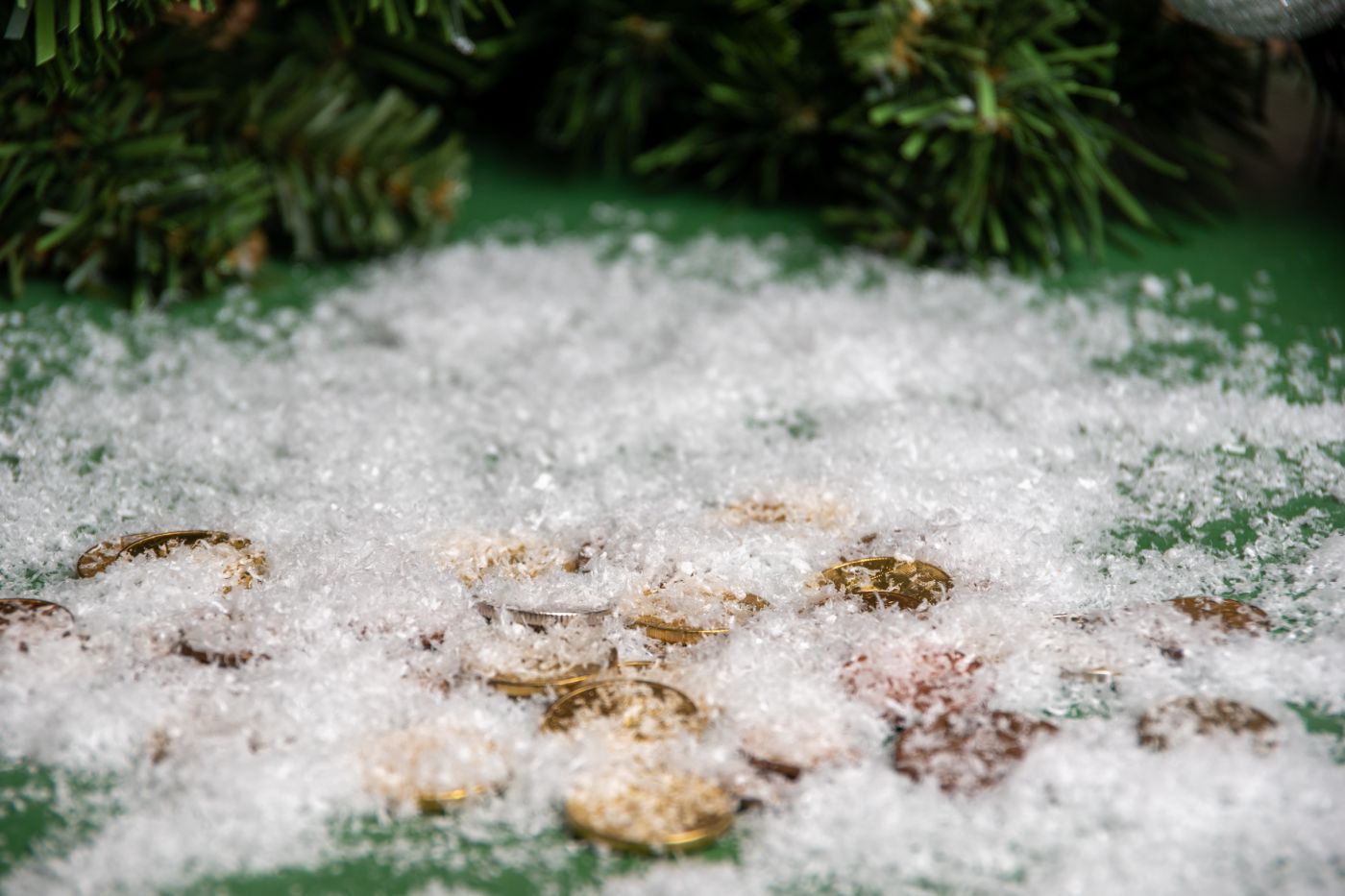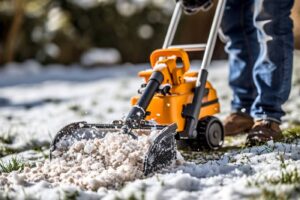Winter can be a beautiful season, but the extreme weather can take a toll on your lawn. The cold temperatures, snow, and ice create the perfect environment for winter damage to occur. However, there are numerous ways to protect your lawn from winter damage.
In this article, we’ll discuss the best practices and solutions to safeguard your lawn and prepare it for the winter months. Let’s begin!
8 Best Practices & Solutions to Avoid Winter Lawn Damage
One of the easiest ways to protect your lawn is by raking and removing the fallen leaves. The layers of leaves on your lawn can block the sun, preventing the grass from growing. If the leaves are left on the lawn during winter, they can smother the grass and lead to fungus growth. Raking and removing the leaves can prevent these issues and ensure that the grass can grow healthily.
Before winter sets in, it is important to aerate your lawn. Aeration involves creating small holes in the soil, allowing water, air, and nutrients to penetrate the ground. This process helps the grass root system grow and strengthen, creating a robust lawn that can handle winter’s harsh weather.
Fertilizing your lawn can help strengthen it before winter arrives. Your grass needs essential nutrients and minerals to survive and stay healthy. Applying fertilizer in the fall helps replace any nutrients lost during the summer and improves your lawn’s overall strength.
Before winter, it’s advisable to lower your lawnmower blades. This helps cut the grass shorter, preventing matting and reducing the risk of snow mold. Snow mold is a fungus that grows on the surface of your lawn when the grass is too long and wet and is covered by snow for an extended period.
It may seem counterintuitive, but keeping your lawn hydrated in winter is important. Even though the snow seems to provide enough water, it’s not always the case. If the winter season is dry, the grass on your lawn can quickly dehydrate, causing damage. To prevent this, water the lawn on warmer days when there is no snow, making sure to water the lawn to an adequate depth. Watering the lawn before a hard freeze can also help insulate the lawn’s roots, keeping them healthy throughout the winter.
Many homeowners use salt as a solution to melt ice and snow from walkways and driveways during winter. However, salt can be very harmful to your lawn. It can cause damage by disrupting the soil structure and burning the grass. To prevent damage, avoid using salt on your lawn. Instead, use sand or other non-aggressive solutions to melt snow and ice. If you must use salt, do so sparingly and avoid areas near the lawn.
Another way to protect your lawn during winter is to use covers. Lawn covers can be made from lightweight materials, like burlap or breathable fabrics. The covers help insulate the grass and protect it from extreme temperatures and wind damage. Lawn covers also shield from snow mold and keep the soil moist and warm.
Keeping your lawn off during winter is essential, especially if snow is on the ground. Walking and driving on the grass can damage it or even kill it. The soil under the snow is often frozen, and any pressure can cause damage to the fragile roots and new growth.
Conclusion
Protecting your lawn from winter damage involves a combination of preventive practices and solutions. Start by raking and removing fallen leaves and aerating the lawn to promote root growth. Keep your lawn hydrated, fertilized, and covered as necessary, and avoid using salt as a solution to ice and snow. With these best practices and solutions, your lawn will survive the winter months healthy and robust, ready for spring’s rejuvenation.
Consider Hiring Keane Landscaping For The Best Winter Landscaping Service in DFW
Consider hiring us for the highest-rated and most competitively priced winter landscaping services in Dallas – Ft. Worth! We will work with you to ensure we meet the needs of your busy life while providing exceptional landscaping services. For more information about how we can best serve you, visit our website and book a consultation.






